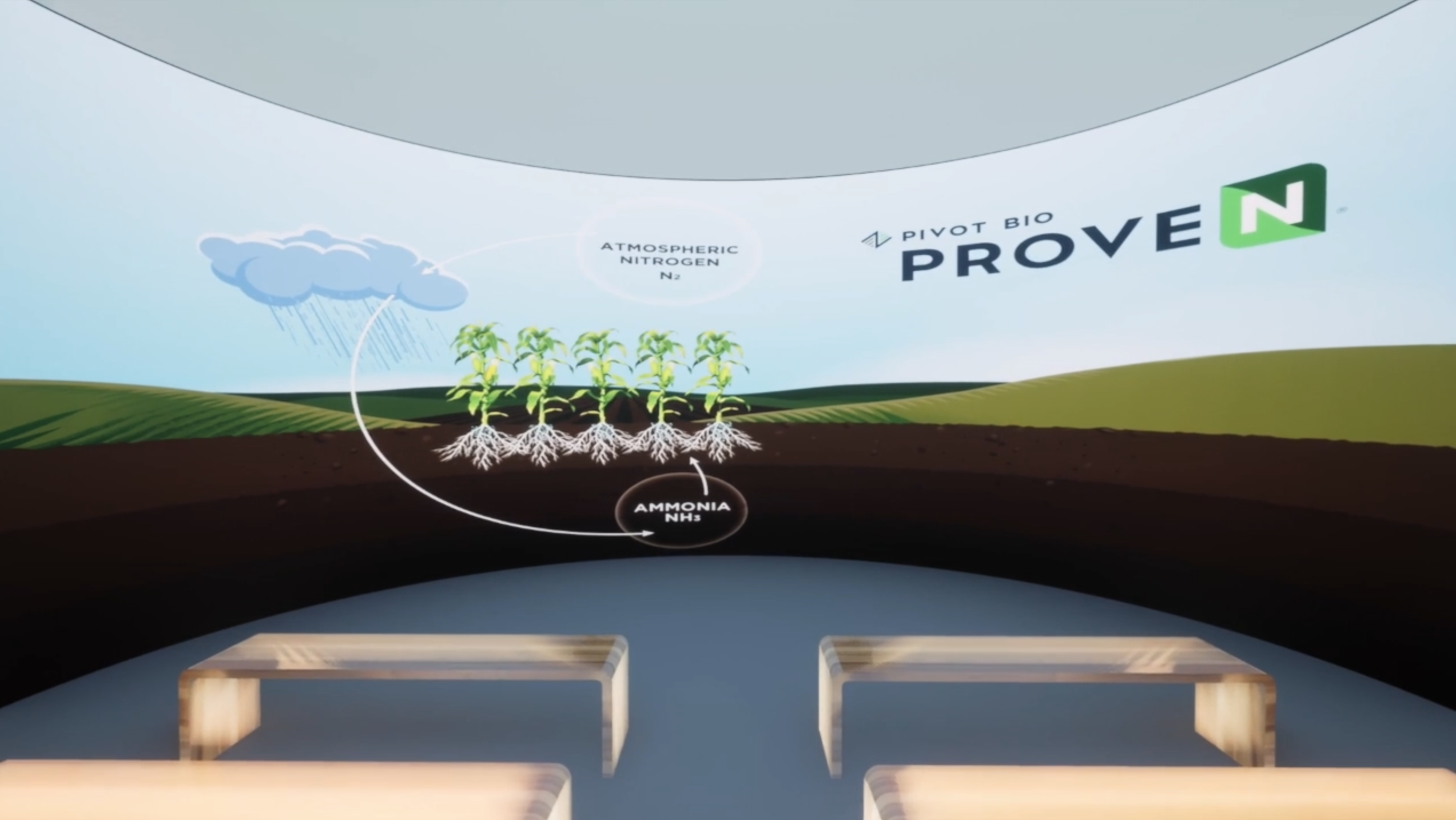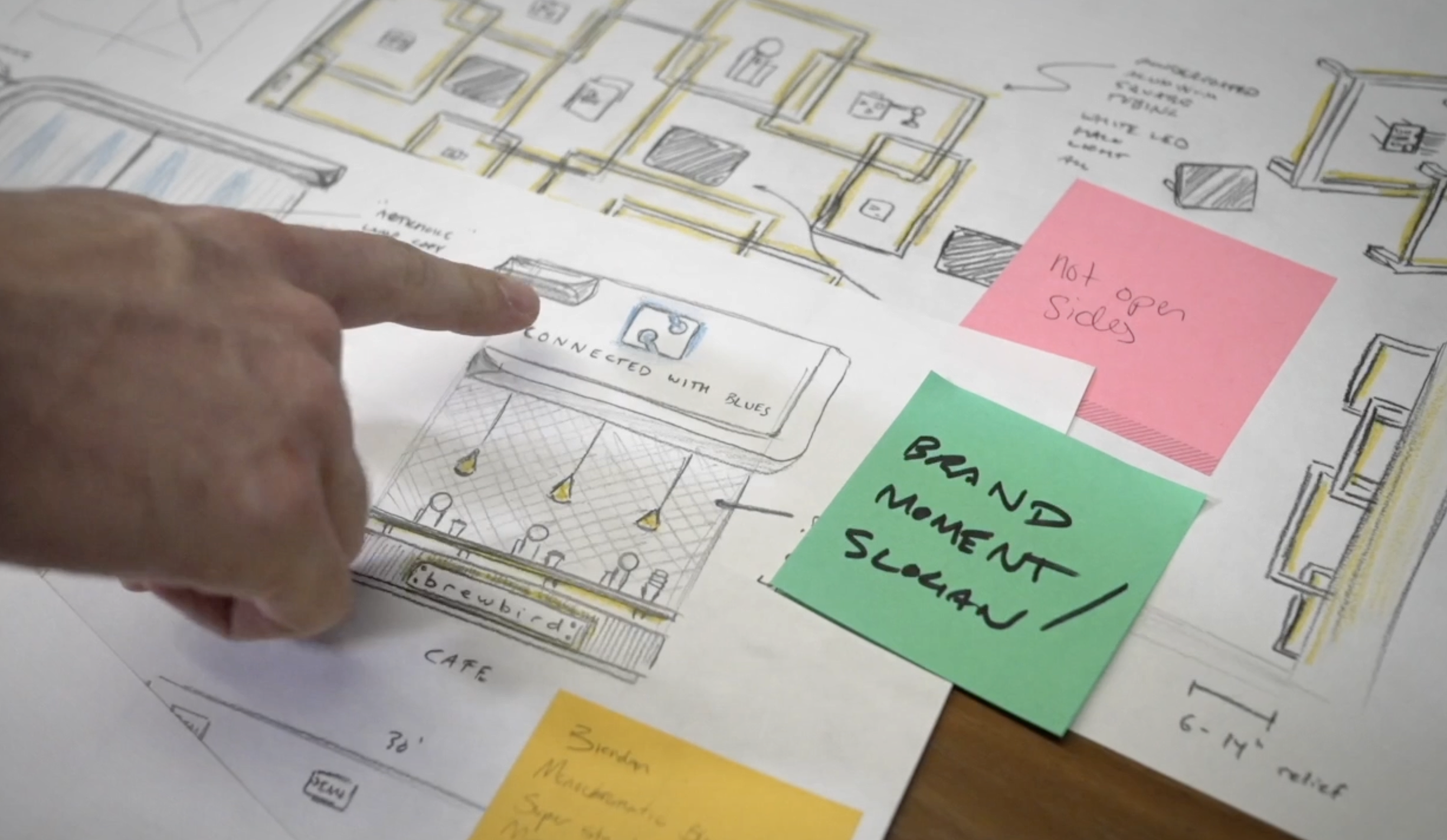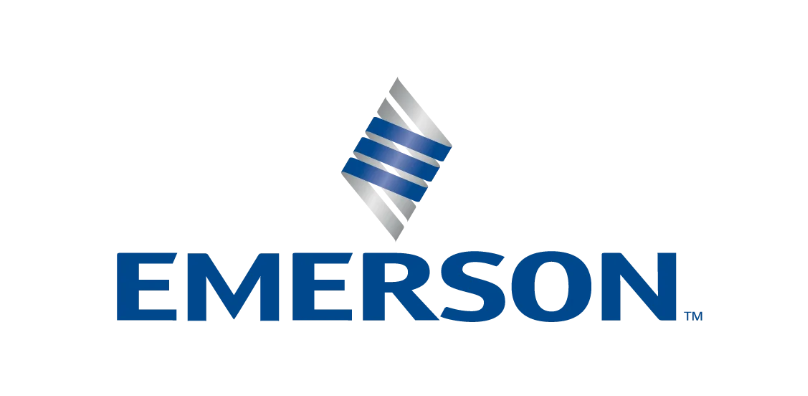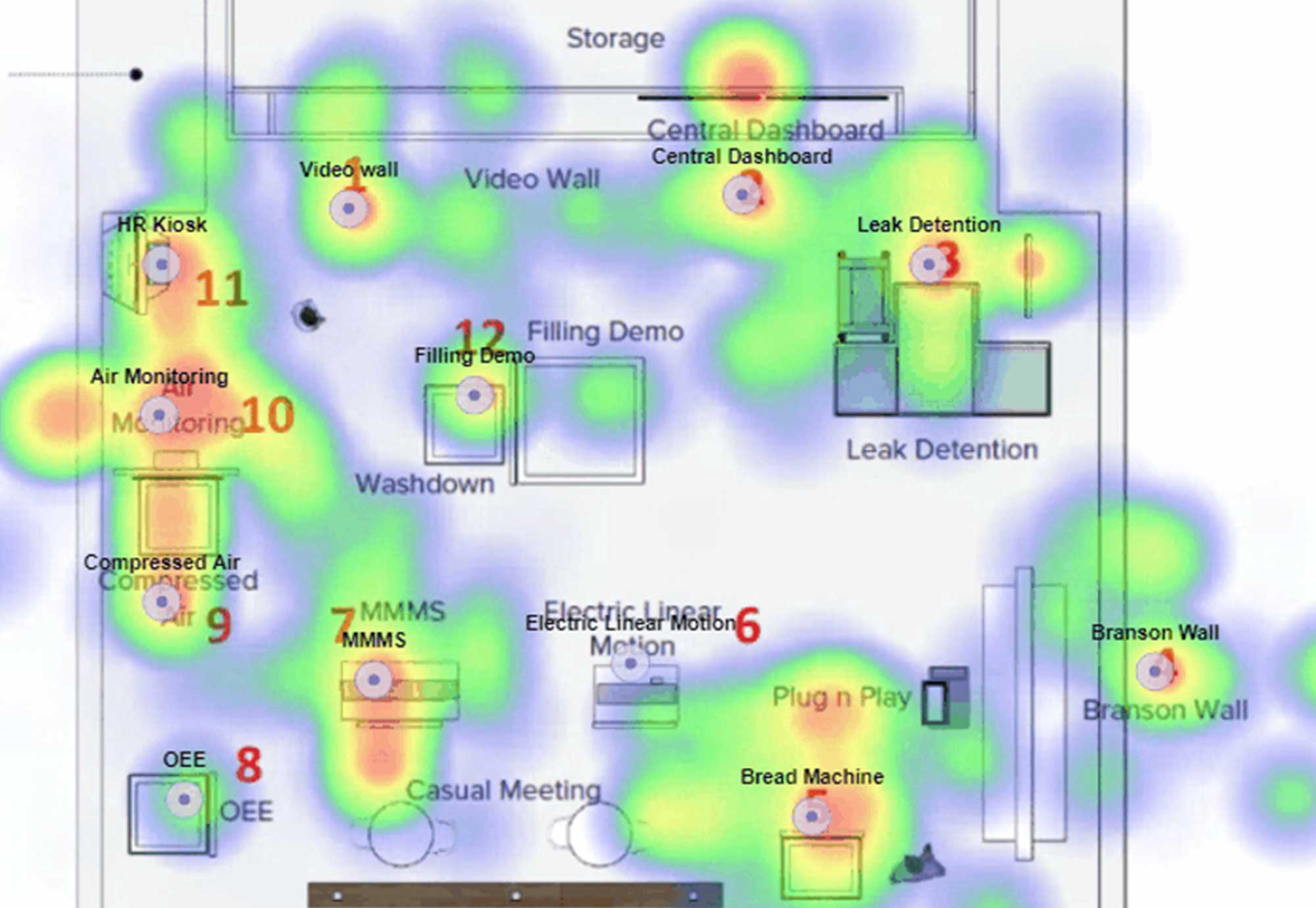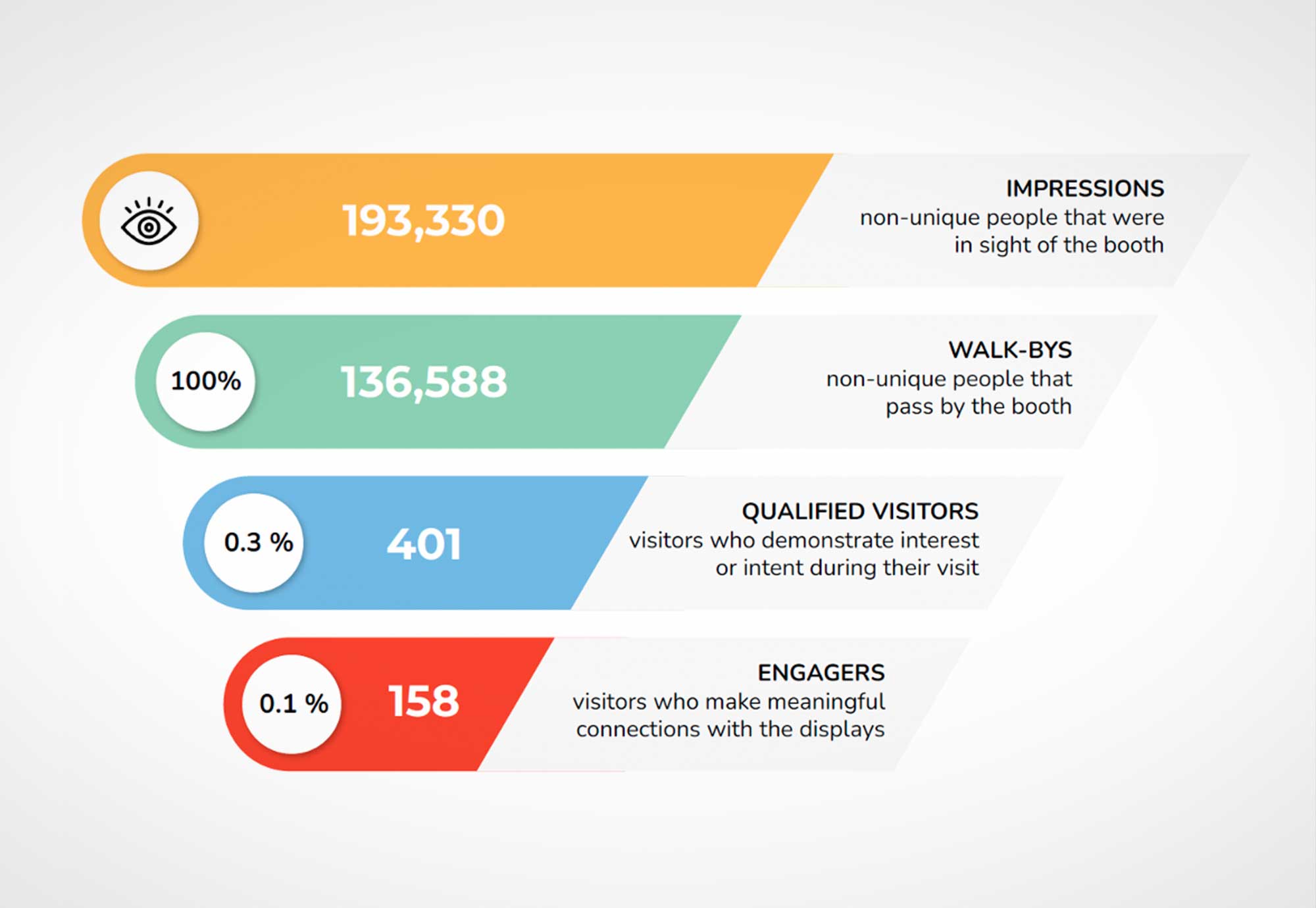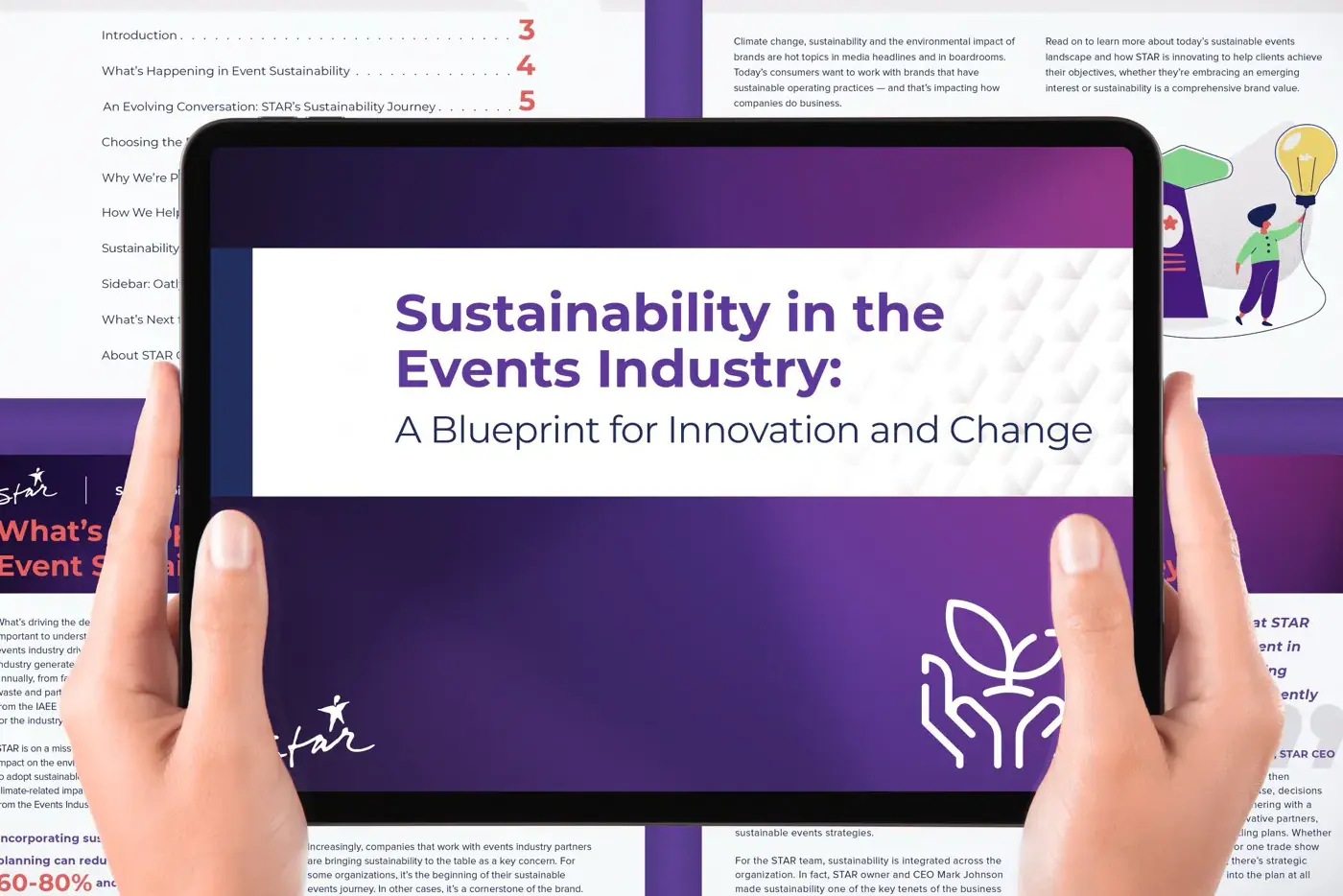Table of Contents
-
Introduction
-
Creativity and the Experiential Marketing Space Today
-
The Creative Talent Driving Experiential Marketing
-
How the Creative Process Brings Projects to Life
-
Creative Collaboration in Action: Emerson
-
Setting Up Experiential Marketing Projects for Success
-
How AI and Technology Are Changing the Creative Process
-
How to Choose a Creative Partner
-
Taking the Next Step to Creative Collaboration
Introduction
There’s fierce competition for buyer attention. As a result, brands are constantly pushing boundaries to stand out and create unforgettable customer experiences, including experiential marketing campaigns. Whether it’s on the trade show floor, in retail spaces, or at every touchpoint along the customer journey, turning your brand’s narrative and visuals into a tangible, engaging experience is crucial for driving both engagement and revenue. Enter creative strategy.
For marketing leaders seeking to master this approach, partnering with creative strategists is essential. These experts tackle a wide range of challenges—from weaving a cohesive brand story to making sure every interaction and visual strikes a chord with your target audience. With the right collaborative partner and a clear vision, you can create experiences that not only resonate with customers and prospects, but also drive lasting impact for your brand.
Let’s explore how creative strategy transforms experiential marketing campaigns, and how to get the most out of your creative collaborations.
Creativity and the Experiential Marketing Space Today
With a return to in-person events scaling, brands are investing more in physical touchpoints with customers – whether that’s a trade show booth refresh, turning the retail floor into curated experience, or building an innovation hub that prospective clients can visit. Thoughtful creative strategy is crucial, yet brands often lack in-house talent and face tight budgets and timelines.
Partnering with vendors that have strong creative teams can provide access to the latest trends and technologies, helping brands stand out. This approach often proves cost-effective for creating impactful installations, as experienced creative talent integrates strategy into the process.
A few trends shaping the creative side of the experiential marketing landscape include:
Immersive Experiences: The demand for immersive experiences continues to grow, with brands using VR, AR, and mixed reality along with carefully crafted environments to engage audiences in new ways. Creative teams are integrating these technologies to craft environments that transport users, along with physical environments designed to reinforce those messages. For example, a technology company might develop a corporate interior celebrating their employees’ contributions and pair that with an interactive virtual experience that offers a preview of what a specific job entails to appeal to top talent.
Sustainability and Ethical Design: Consumers and B2B buyers alike are increasingly interested in sustainability– and many are putting their money behind those values. Creative teams are integrating these values into the design of trade show booths, the corporate interior, and retail spaces. Deeply integrating environmental values into the creative process can take several directions such as choosing sustainable materials, energy-efficient installations, and designs that minimize waste. A trade show booth for a sustainable brand might not only feature messaging and visuals but be constructed from the ground up with recycled or reused pieces and go as far as to streamline logistics for minimizing a show’s total environmental impact. When creativity meets sustainability, true innovation becomes possible.
Personalization: Digital experiences have conditioned buyers to expect personalized experiences. With advancements in AI and data analytics, personalization has become a key trend that’s crossing into experiential marketing campaigns. Creative teams use these tools to tailor experiences to individual preferences, ensuring that each consumer’s journey is unique and relevant. For example, a retail installation might feature digital signage that changes the creative it displays to align with whatever products shoppers engage with.
Story-Driven Design: Creative services teams are experts in weaving narratives that resonate with target audiences, ensuring that every element of the experience—from visuals to messaging—aligns with the brand’s story. Increasingly, brands are investing in solutions that help bring their brand story to life in engaging ways, whether that’s an immersive experience at a conference or subtle visual details that carry through all the physical touchpoints for the brand.
For brands that don’t have in-house creative talent, working with the right creative services partner can help make your boldest vision a reality.
The Creative Talent Driving Experiential Marketing
For brands without in-house creative teams, working with a creative services partner is akin to having an extended team of experts on-demand. With this extensible capacity, it’s possible to tap into a variety of creative functions from design to interactive technologies.
When you’re working with a creative team, it may include far more diverse talent and strategic insights than you anticipate. The right creative team composition allows experiential marketing firms to bring a range of insights and capabilities to the table.
Creative teams typically feature specialized roles that intersect with other departments, such as strategy, engineering, and marketing. This integrated approach ensures the creative vision is executed consistently, and accounts for project requirements and constraints at every stage. When you’re working with an experiential marketing agency’s creative team, a few of the roles you might encounter include:
Creative Directors: At the helm of the creative process and strategic insights, these leaders ensure that the overall vision is cohesive and aligned with client goals. Often, a creative director will work with your team to understand your goals, audience, and success metrics and translate that into a bigger project plan during discovery and creative brief development. Creative directors often take the lead on bringing exhibit industry best practices to the table, and helping clients tackle their most complex strategic challenges. They’ll also manage the creative flow throughout the project lifecycle.
Designers and Artists: Responsible for the visual elements, these professionals bring the creative vision to life through sketches, digital renderings, and final designs.
Strategists: Working closely with creative directors, strategists bridge creative vision and business goals, crucial for large-scale projects and work that spans multiple activations. They tap into deep market research and audience personas to ensure experiential marketing aligns with measurable outcomes and brand objectives, grounding creativity in solid strategy. They also facilitate pre-design ideation sessions.
Project Managers: They ensure that timelines are met, resources are allocated efficiently, and that communication between all stakeholders is seamless.
On-demand niche talent: When more specialized or niche expertise is required, experiential marketing firms have ecosystems of relationships with talent that can offer that expertise quickly and cost-effectively.
For clients, this structure means that working with a creative services team provides access to a full spectrum of expertise, quickly and cost-effectively.
How the Creative Process Brings Projects to Life
What does the creative process look like for an experiential marketing initiative? Consider a trade show project, where your creative team may map out the customer journey through the space, designing each interaction point to be both engaging and informative. This might involve everything from large-scale visuals to interactive installations that encourage participation. Yet each process is going to look different – and understanding those nuances is central to an effective creative collaboration.
As STAR’s Director of Creative Dane Giles notes, even similar projects can have vastly different creative needs based on the target audience, which is why the creative process is tailored to each brand’s specific goals and challenges. There are different levels of creative engagement provided, which are determined by and customized to each project’s needs and budget.
Creative strategy is the cornerstone of any successful experiential marketing project, transforming abstract ideas into immersive, memorable experiences. The journey from concept to execution begins with the discovery phase, where the creative team delves deep into understanding the client’s brand, objectives, and project-specific goals. This phase is critical for aligning the creative vision with business outcomes, encompassing the company’s history, values, key messaging, and target audience. What is the brand’s goal for attending the trade show or building the installation, and how does that shape the creative process?
During discovery, the team also assesses the audience’s needs, preferences, and behaviors. What motivates this audience? How do they engage with brands, and what will make the experience stand out? What objections might surface? Whether the project is for a trade show, retail installation, or pop-up event, insights into the audience’s pain points and interests help drive a final product that resonates and boosts engagement.
Following discovery, the team creates a detailed creative brief that serves as the project’s foundation. The brief outlines everything from desired emotional responses to logistical considerations. Each element is strategically mapped to create a seamless customer journey that tells a cohesive brand story. The brief also provides a basis for effective collaboration, ensuring your team and the creative partner are aligned on project goals.
Once the creative brief is approved, concepts begin to take form. Initial sketches, mockups, and prototypes are developed, giving both the creative team and the client a tangible sense of how the final experience could unfold. At this stage, ideas are tested, refined, and iterated based on feedback. Collaboration is essential—clients and creative teams provide input to ensure key elements align with brand goals and resonate with the intended audience.
As the vision solidifies, the project moves into production. This is where all creative elements, from visuals to physical installations, come to life as part of an integrated process. There’s a dedicated, detailed process where the creative team hands off projects to the production team. Production teams work closely with the creative team where required for consultations and quality assurance reviews to ensure the execution stays true to the original vision. Whether it’s fabricating custom structures, developing interactive digital content, or producing large-scale visuals, creative and production work in tandem.
With creative services at the helm of an experiential marketing project, they can bring a brand’s story to life in a way that feels authentic, immersive, and unforgettable. Every stage of the process—from discovery and planning to ideation, refinement, and production—adds layers of value to drive results for the brand.
Creative Collaboration in Action: Emerson
Emerson, a global leader in automation technology, has worked with STAR on a range of products for over twenty years. The relationship spans trade shows, retail installations, and corporate interior work to ensure that their experiential campaigns deliver brand cohesion and alignment with marketing priorities across touchpoints.
Recently, the strategic focus of one of the company’s business groups has led the company to expand their trade show presence to include Hannover Messe in Germany. Over the years, Emerson has sought to enhance its visibility and engagement at trade shows to demonstrate its innovative solutions and secure buy-in from both technical and executive audiences. To achieve these objectives, Emerson turned to STAR for strategic creative services that would not only elevate their trade show booths but also provide measurable ROI to justify the investment.
Emerson faced several challenges typical of large-scale trade show participation:
1. Demonstrating Value: With leadership that was keen to see the tangible returns from trade shows, Emerson needed to prove that their participation was not just a branding exercise but a valuable driver of business engagement and sales.
2. Audience Engagement: Emerson’s target audience at these shows includes a broad spectrum—from technical engineers to high-level decision-makers. Crafting a message and experience that resonated with such diverse groups yet remained cohesive was crucial.
3. Maximizing Impact: With extensive booths featuring multiple demonstrations and product showcases, ensuring that visitors engaged with the full breadth of Emerson’s offerings was a logistical challenge.
Emerson’s partnership with STAR began several years ago and has evolved into a comprehensive collaboration aimed at maximizing the effectiveness of Emerson’s trade show presence. Key to this success has been STAR’s ability to understand Emerson’s strategic goals and translate them into engaging, measurable experiences. The creative team has played a key role in the discovery process, as well as bringing the creative vision to life.
Each year, STAR’s process with Emerson begins with a detailed discovery phase. This involves in-depth discussions to understand the specific goals for each show, the nuances of the target audience, and any challenges from previous events. For Emerson, STAR recognized the need for a holistic approach that went beyond the physical design of the booth. The creative team needed to craft an entire experience that would guide visitors through the space in a meaningful way.
STAR’s creative team worked closely with Emerson to define the customer journey within the trade show booth. This included not only the layout of the space but also how visitors would interact with different exhibits and how the messaging would be tailored to resonate with various audience segments.
One of the most valuable tools that STAR leveraged for Emerson was heat mapping technology. Using Wi-Fi and Bluetooth beacons to track visitor movements within the booth, it provides real-time data on how visitors engage with different exhibits—how long they spend in specific areas, which demonstrations attract the most attention, and which areas may be underperforming. While not a recent innovation, this technology has reached a level of maturity that makes it exceptionally effective at driving strategic improvements in creative and operational planning.
In one instance, heat mapping revealed that visitor traffic was uneven, with some exhibits receiving much less attention than others. Based on this insight, Emerson was able to retrain their staff quickly to ensure they guided visitors more effectively, ensuring that key messages and products received the attention they deserved, and that foot traffic was directed to the range of exhibits. That’s just one example of how the insights have been put into action.
A critical aspect of the Emerson-STAR partnership has been the continuous improvement of Emerson’s trade show strategy. Each year, the insights gained from heat mapping and other feedback mechanisms allow Emerson to refine their approach – and STAR’s creative team to develop winning concepts. This iterative process has led to significant improvements in how Emerson engages with visitors, ensuring that their booth not only attracts attention but also effectively communicates their value proposition.
One key element of this collaboration has been Emerson’s ability to demonstrate the ROI of their trade show participation to their leadership. The data-driven approach provided by Star has given Emerson tangible proof of the value these events bring, which has been crucial in securing ongoing investment.
The collaboration between Emerson and STAR has evolved into a model of strategic trade show participation. By focusing on detailed planning, innovative technology, and continuous improvement, STAR has helped Emerson transform its presence at trade shows like Hannover Messe. This partnership has not only enhanced Emerson’s visibility and engagement but has also provided the data needed to prove the value of these efforts to leadership, ensuring sustained investment in future trade show participation.
Setting Up Experiential Marketing Projects for Success
When you’re undertaking a major experiential marketing project, it’s important to have a plan in place for success. Much of that’s up to your creative partners. However, when your brand and marketing teams go into a project with the right mindset, it can fuel faster results and power effective creative collaboration. Steps you can take to help set an experiential marketing project up for success includes:
1. Define Clear Objectives: Before the project begins, clearly define what you want to achieve. Whether it’s increasing brand awareness or driving sales, having clear objectives will guide the creative process. Your creative partner will help you to surface and clarify this during the discovery process, but the clearer you are on what you want to achieve the easier it is to target specific results.
2. Map Objectives to KPIs/Success Metrics: Key performance indicators (KPIs) are established early in the process to measure success, whether it’s increased brand awareness, lead generation, or customer engagement. How your brand defines success from a specific project will guide the KPIs for creative success as well. It’s often important to consider metrics that may not be easily distilled to numbers but are essential such as a positive reaction from senior management to a new trade show booth, for example.
3. Share Everything Upfront: The more information that you provide your creative partners, the more you set them up for success. This could mean internal reference documents, examples of concepts that you like, or background materials that can inform the process. The more context you provide, the more empowered your creative team is to deliver a concept that fulfills all your objectives.
4. Set Realistic Timelines: Work with your creative partner to establish realistic timelines. This ensures that there’s enough time for brainstorming, design, revisions, and execution while meeting even the most demanding timelines. Be sure to allocate time from necessary stakeholders at the beginning of the process – especially busy executives and in-demand talent – so that they can participate in feedback cycles in a timely, productive way.
5. Foster Open Communication: Encourage regular check-ins and feedback sessions to keep the project on track. This helps address any issues early on and keeps the project aligned with your goals.
6. Align Internal Stakeholders: Make sure all internal stakeholders are aligned on the project’s objectives and creative direction. This helps prevent conflicting feedback and ensures a smoother process. Have a place for how you’re going to consolidate feedback, and communicate that efficiently to your creative partners.
How AI and Technology Are Changing the Creative Process
AI and technology are revolutionizing the creative process in experiential marketing. These tools are not only enhancing efficiency of the creative process itself, but also expanding the possibilities for creative expression and experiential development. Some exciting examples in the market today include:
AI-driven audience insights: AI can analyze vast amounts of data to provide insights into consumer behavior, allowing creative teams to design experiences that are more targeted and effective.
Interactive technologies: This analysis, paired with technologies like heatmapping that can track foot traffic within an exhibit or listening tools that can assess sentiment and engagement, can provide actionable insights that drive continuous improvement of creative concepts and marketing campaigns.
Automated design tools: AI is also speeding up the internal creative process, which can allow creative teams to move faster – a crucial factor in a fast-moving show environment where brands are tackling significant projects on tight timelines. For example, AI tools are enabling designers to create prototypes faster and with greater precision, using tools that can generate multiple design variations in a fraction of the time. It amplifies human creativity and shaves critical time off narrow production timeframes.
How to Choose a Creative Partner
Choosing the right creative partner is critical to the success of your experiential marketing campaign. What makes the right partner? Look for a partner with a proven track record in experiential marketing. Their experience will be invaluable in navigating the complexities of your project. Often, the best way to establish that is by reviewing their portfolio to ensure their style and expertise align with your brand’s needs. It will also give you a sense of brands they’ve worked with and the scope of projects they hand.
The collaboration process is also key. Look for a partner that values collaboration and is open to your input. A strong partnership is built on mutual respect and open communication. Innovation and perspective are also critical. When assessing partners, it may make sense to choose a partner that is on the cutting edge of creative trends and technologies. They should be able to bring fresh ideas and innovative solutions to the table for even the most daunting creative challenges.
Asking the right questions can help you determine their fit.
Key questions to consider include:
1. What is your process for understanding our audience?
Your creative partner should have a clear strategy for researching and analyzing your target audience. Understanding who they are, their needs, and how to engage them is key to crafting a successful experience.
2. How do you handle the discovery phase?
The discovery phase lays the groundwork for the entire project. A well-organized partner will conduct thorough kickoff meetings, gather essential information, and align stakeholders from the start to ensure smooth project execution.
3. Can you describe your process for creating a strategic brief?
A strategic brief guides the project, ensuring that objectives, messaging, and deliverables are clear and actionable. Understanding how your partner crafts and refines the brief is essential for aligning creative output with your business goals.
4. How do you approach collaboration with multiple stakeholders?
Experiential marketing projects often involve input from various teams. Ensure your partner has a plan to navigate differing opinions and manage feedback, while maintaining a unified vision.
5. What is your process for iterative design and feedback?Design is a collaborative, iterative process. Look for a partner who is transparent about their design stages and responsive to feedback, ensuring the final product meets expectations.
6. How do you ensure creative solutions align with business objectives?
Creativity should serve strategy. Ask how the partner ensures their work aligns with your brand’s business goals to deliver both visually compelling and strategically sound results.
7. Can you provide examples of past projects that delivered ROI?
A proven track record is vital. Ask for examples of past work that demonstrate their ability to generate measurable returns, giving you confidence in their ability to deliver value.
By asking these questions, you can better assess the capabilities of potential partners and ensure that their approach aligns with your business goals. A successful creative partnership is built on communication, strategic alignment, and a commitment to delivering results.
Taking the Next Step to Creative Collaboration
Creative services are the key to effective experiential marketing projects, from concept to final execution. By choosing the right partner, brands can unlock new possibilities and create experiences that resonate with their audiences. Whether you’re planning a trade show, designing a corporate interior, or launching a retail campaign, the right creative partner can help you achieve your goals and exceed your expectations.
Ready to elevate your experiential marketing campaigns with an effective creative strategy? Contact STAR today to learn how our creative services team can make your next project a resounding success.
Deeper dive.
Discover our library of expert insights, best practices, and experiential marketing tips and tricks to keep you in the know and ahead of the crowd.
InsightsLet’s connect.
We are here to transform every space into an amazing story. Call, email, or chat with us anytime to learn more.
Email us
Call
"*" indicates required fields


